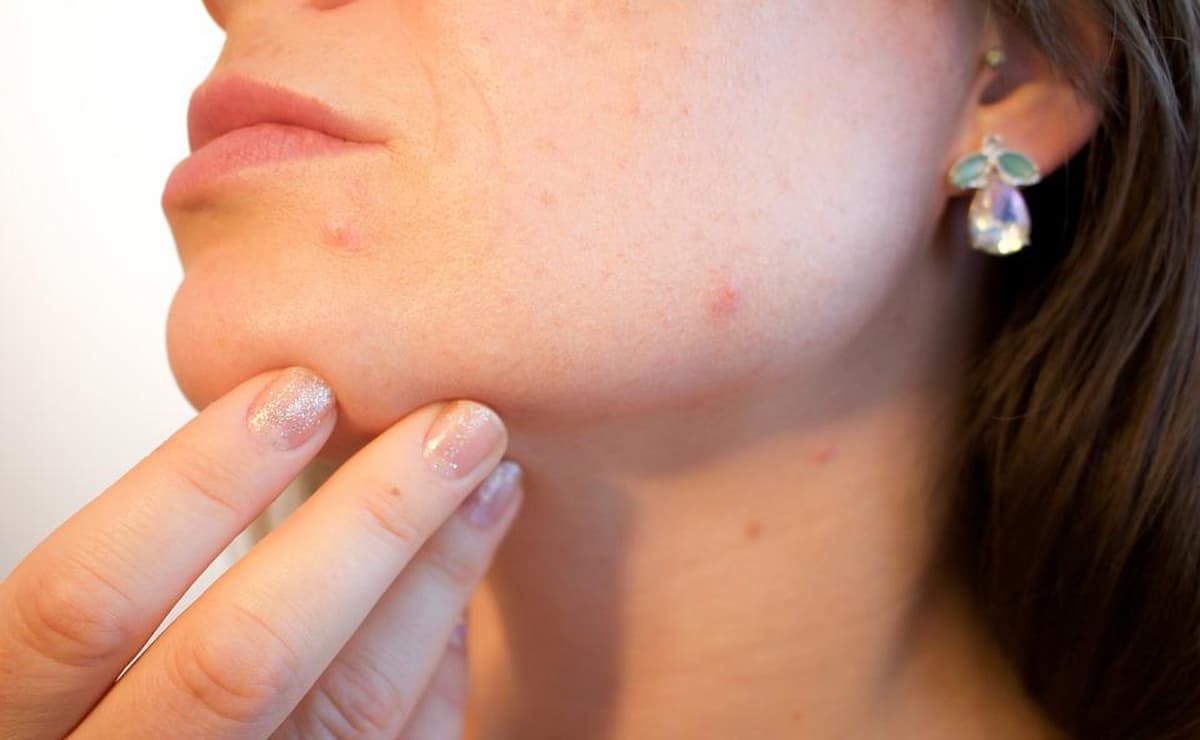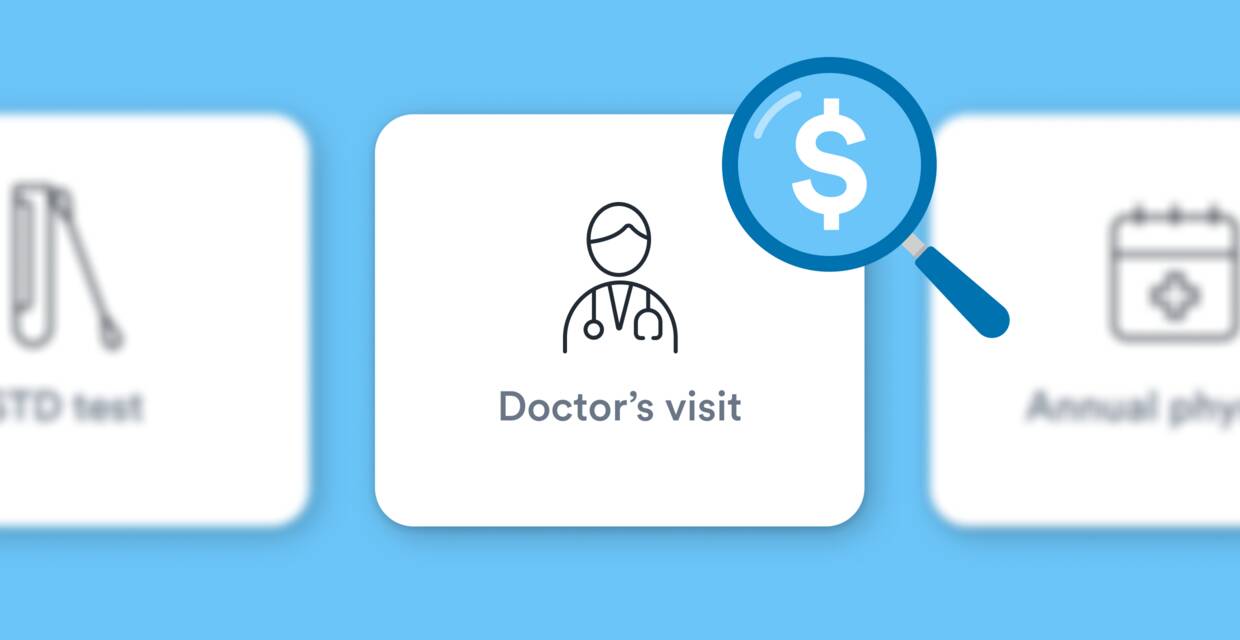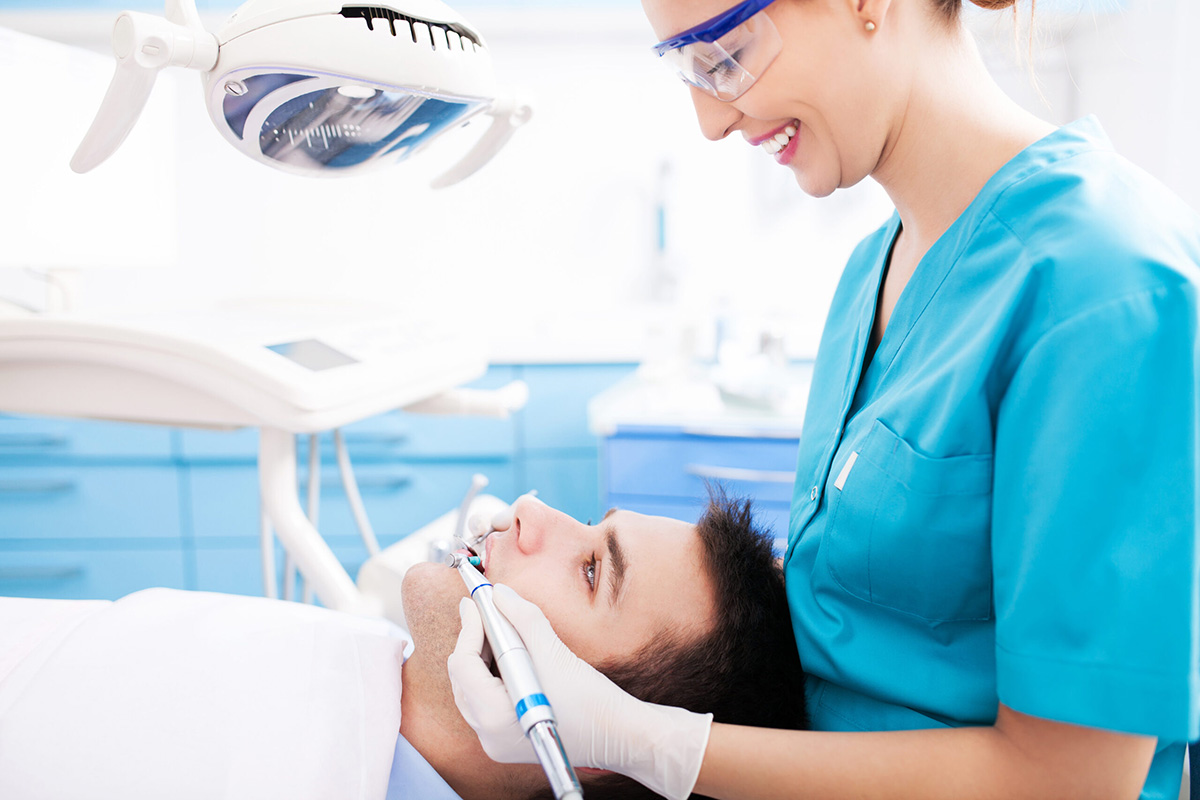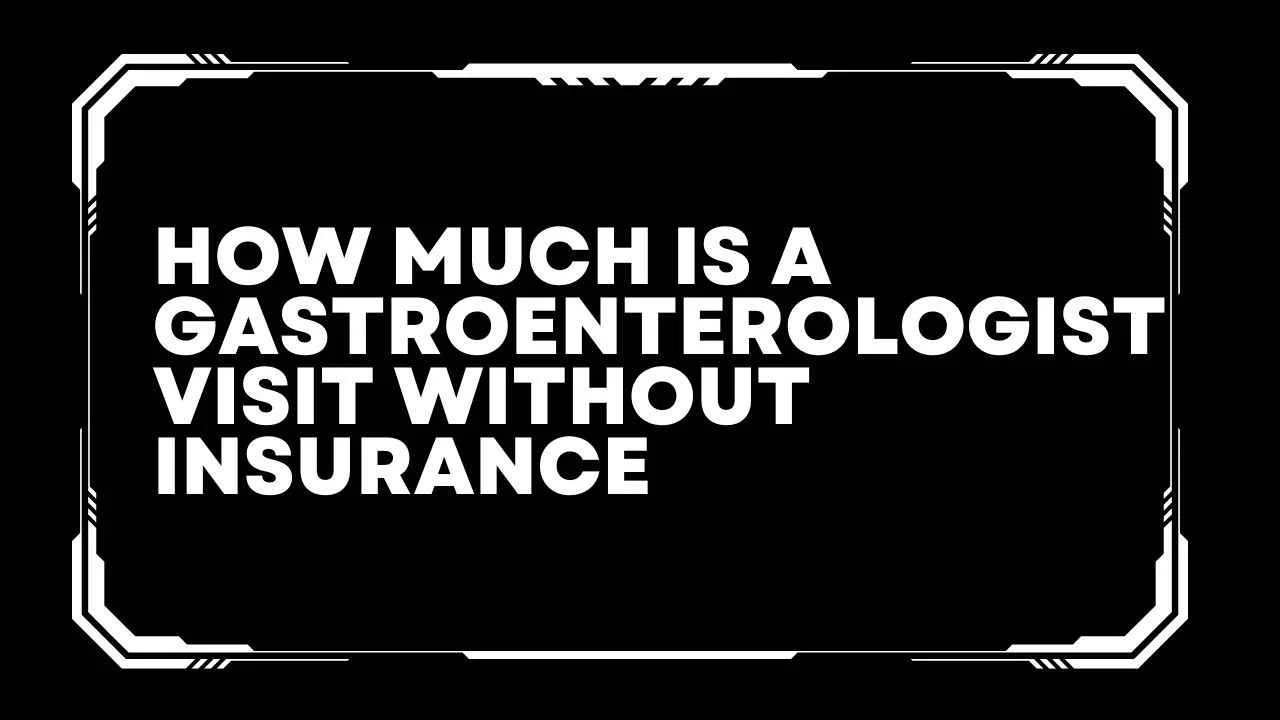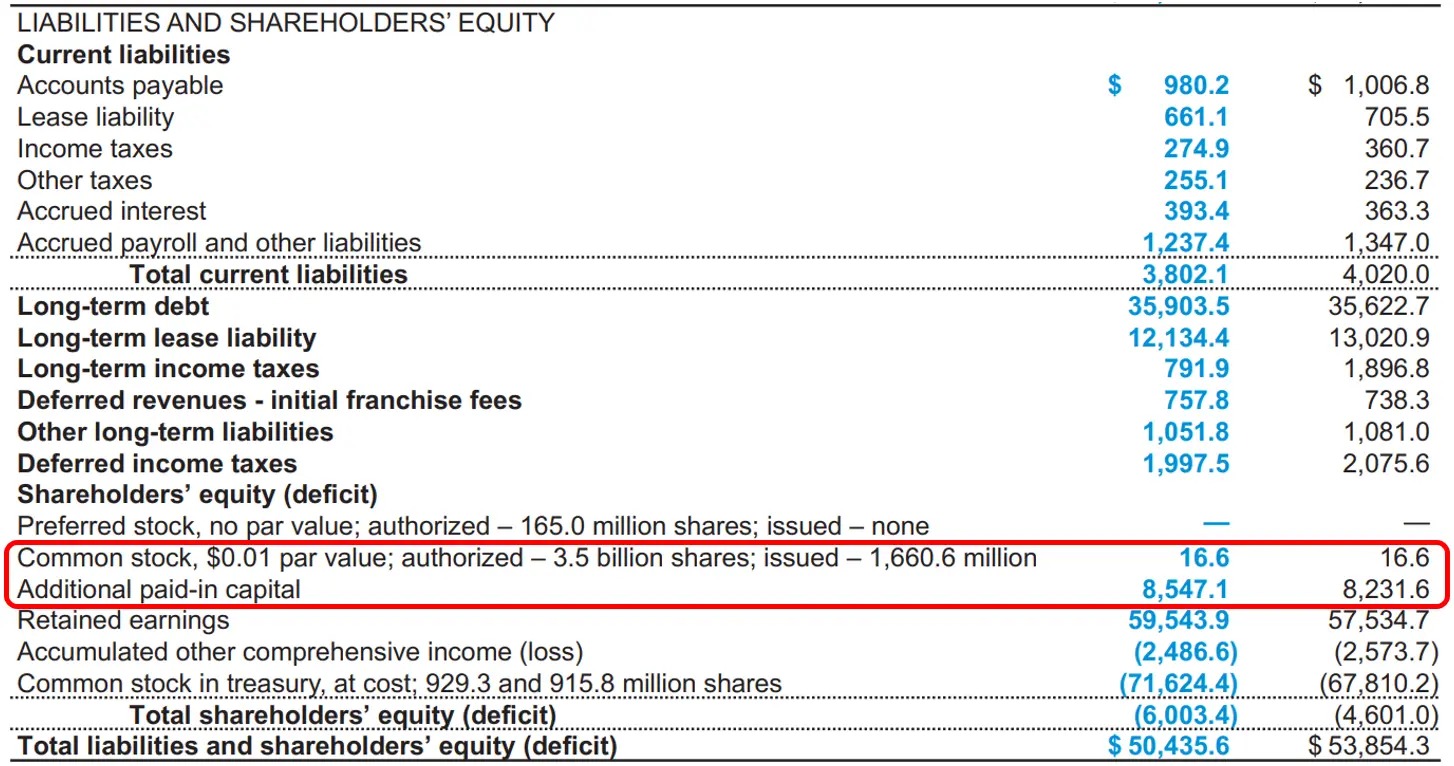

Finance
How Much Is A Dentist Visit Without Insurance?
Modified: December 29, 2023
Find out the cost of a dentist visit without insurance and explore financing options for affordable dental care.
(Many of the links in this article redirect to a specific reviewed product. Your purchase of these products through affiliate links helps to generate commission for LiveWell, at no extra cost. Learn more)
Table of Contents
Introduction
Visiting the dentist regularly is an essential part of maintaining good oral health. From routine cleanings to more complex procedures, dental visits can be expensive, especially if you don’t have dental insurance. So, how much does a dentist visit cost without insurance? In this article, we will explore the various factors that influence the cost of dental visits and provide insight into affordable options for dental care.
When you don’t have dental insurance, the cost of a dentist visit can vary depending on a range of factors. These include the location of the dental practice, the specific procedure you need, and the dentist’s experience and qualifications. Without insurance, you will need to pay for the entire cost of the visit out of pocket, which can sometimes be quite substantial.
It’s important to note that the cost of dental care can vary significantly, and the figures mentioned in this article are average estimates. Actual costs may vary based on your specific location and dental practice.
In the following sections, we will discuss the factors that can influence the cost of a dentist visit, provide an overview of common dental procedures and their associated costs, highlight additional charges and fees to be aware of, and explore options for affordable dental care.
While the costs of dental care without insurance may seem daunting, it is crucial to prioritize your oral health. Neglecting dental issues can lead to more severe problems over time, resulting in even higher costs down the line. By being proactive and exploring affordable options, you can still receive the necessary dental care and maintain a healthy smile without breaking the bank.
Factors Affecting the Cost of a Dentist Visit without Insurance
Several factors come into play when determining the cost of a dentist visit without insurance. By understanding these factors, you can gain insight into why dental costs can vary. Here are some key factors:
- Geographical Location: The cost of dental care can vary significantly depending on where you live. Urban areas generally have higher costs compared to rural areas due to higher operating costs.
- Type of Dental Practice: Different types of dental practices may have varying cost structures. For example, private practices tend to have higher fees compared to dental clinics or community health centers.
- Dentist’s Experience and Qualifications: The experience and qualifications of the dentist can influence the cost. Dentists with advanced training or specialized expertise may charge higher fees for their services.
- Complexity of the Procedure: The type and complexity of the dental procedure you require will also impact the cost. Routine cleanings and check-ups tend to be less expensive compared to complex procedures like root canals or dental implants.
- Additional Treatments or Services: If you need additional treatments or services during your visit, such as X-rays, fillings, or extractions, these can add to the overall cost.
- Materials Used: The cost of materials used during the treatment can also contribute to the total cost. For example, if you opt for a dental crown made of high-quality porcelain, it will be more expensive compared to a metal crown.
It’s worth noting that these factors are not exhaustive, and individual dental practices may have their own unique pricing structures. It’s always advisable to request an itemized breakdown of costs from the dental office to ensure transparency and avoid any surprises.
Understanding the factors that influence the cost of a dentist visit without insurance can help you better prepare financially. By discussing your concerns and budget with the dental office, they may be able to offer alternative treatment options or suggest payment plans to make dental care more affordable.
Common Dental Procedures and Their Costs
Dental procedures can vary greatly in terms of complexity and cost. Here are some of the most common dental procedures and their average costs without insurance:
- Teeth Cleaning: A routine teeth cleaning, also known as a dental prophylaxis, can cost between $75 and $200 depending on the location and dental practice.
- Dental Fillings: The cost of dental fillings can range from $100 to $300 per tooth. The cost may be higher if the filling material used is tooth-colored composite resin instead of amalgam.
- Tooth Extraction: Simple tooth extractions typically range from $75 to $300 per tooth. However, if a surgical extraction is required for impacted wisdom teeth, the cost can increase to $225 to $600 per tooth.
- Root Canal Treatment: The cost of a root canal can vary depending on the location and complexity of the procedure. On average, a root canal can cost between $500 and $1,500 per tooth.
- Dental Crown: The cost of a dental crown can range from $800 to $1,500 per crown, depending on the material used (e.g., porcelain, metal, or a combination).
- Dental Implants: Dental implants are a more expensive option for replacing missing teeth. The cost can range from $3,000 to $5,000 per implant, which may include the crown and abutment.
- Orthodontic Treatments: Orthodontic treatments, such as traditional braces or clear aligners, can cost between $3,000 and $7,000, depending on the complexity of the case and the duration of the treatment.
These cost estimates are average figures and can vary depending on the geographic location and individual dental office. It’s important to consult with your dentist for a specific cost breakdown before undergoing any procedure.
Keep in mind that prevention is key to maintaining good oral health. Regular dental check-ups and practicing good oral hygiene can help prevent or identify dental issues early on, potentially saving you from more costly procedures in the future.
Additional Charges and Fees
When it comes to dental care without insurance, it’s essential to be aware of any additional charges and fees that may be associated with your visit. Here are some common ones to consider:
- Diagnostic Tests: X-rays and other diagnostic tests may be necessary to determine your dental condition. These tests can incur an additional charge, typically ranging from $25 to $250, depending on the type and number of x-rays required.
- Anesthesia: Certain dental procedures may require the use of anesthesia to ensure your comfort during treatment. Local anesthesia is usually included in the cost, but if general anesthesia or sedation is required, there may be an additional fee ranging from $200 to $500.
- Consultation Fee: Some dental practices charge a separate consultation fee for new patients or for specialized consultations. This fee can vary but is typically between $50 and $100.
- Laboratory Fees: For procedures like dental crowns or bridges, the dentist may collaborate with a dental laboratory to create custom restorations. The cost of these laboratory fees can range from $100 to $500 per restoration.
- Emergency Care: If you require emergency dental care outside of regular office hours, there may be an additional fee associated with the urgent care provided.
- Medication and Post-Operative Care: Depending on the procedure, you may be prescribed medication or require post-operative care materials, such as special mouth rinses or gauze. These additional costs should be considered as part of your overall dental expenses.
It’s crucial to discuss these potential charges with your dentist before undergoing any treatment. This way, you can have a clear understanding of the anticipated costs and avoid any surprises. Some dental practices may also offer payment plans or financing options to help make the overall cost more manageable.
Remember to communicate openly with your dental provider about your financial situation. They may be able to suggest alternative treatment options or make adjustments to accommodate your budget.
Options for Affordable Dental Care
If you don’t have dental insurance, there are still several options available to make dental care more affordable. Here are some strategies to consider:
- Discount Dental Plans: Consider enrolling in a discount dental plan, which offers reduced fees on various dental procedures. These plans usually require an annual membership fee and provide discounts from participating dentists.
- Dental Financing: Some dental practices offer financing options that allow you to spread out the cost of treatment over time. This can be especially helpful for more expensive procedures. Discuss potential financing arrangements directly with your dentist.
- Dental Schools: Dental schools often offer discounted dental services provided by supervised dental students. While the treatment may take longer compared to a private practice, it can be a cost-effective option for routine dental care or certain procedures.
- Community Health Centers: Look for community health centers that provide dental services at reduced costs or on a sliding scale based on your income. These centers are dedicated to making healthcare services accessible to underserved populations.
- Charitable Organizations and Dental Clinics: Some charitable organizations and dental clinics offer free or low-cost dental services for individuals in need. Research local resources in your community or inquire with nonprofit organizations.
- Preventive Care: Emphasize preventive care to avoid more expensive dental procedures in the future. Brush and floss your teeth regularly, maintain a healthy diet, and attend routine dental check-ups for early detection of dental issues.
It’s important to note that while these options can help make dental care more affordable, it’s essential to prioritize quality and choose reputable dental providers. Research the background and credentials of dental professionals before seeking treatment to ensure you receive proper care.
Additionally, consider setting aside funds specifically for dental expenses by starting a healthcare savings account or contributing to a flexible spending account offered by your employer. These accounts allow you to set aside pre-tax dollars for healthcare expenses, including dental care.
By exploring these affordable dental care options and practicing preventive care, you can maintain good oral health without the burden of exorbitant costs.
Conclusion
While the cost of a dentist visit without insurance can be a concern, it’s important not to neglect your oral health. Regular dental care is vital for maintaining healthy teeth and gums and preventing more severe issues down the line. By understanding the factors that influence the cost of dental care, being aware of common procedures and their associated costs, and exploring affordable options, you can ensure access to necessary dental care without breaking the bank.
Factors such as geographical location, the complexity of the procedure, and the dentist’s experience can all impact the cost of dental care. It’s crucial to communicate openly with your dental provider about your financial situation and explore options for payment plans or discounts.
Remember to prioritize preventive care to minimize the need for expensive procedures in the future. Regular brushing and flossing, a healthy diet, and routine dental check-ups are all key components of maintaining good oral health.
Explore affordable alternatives such as dental schools, community health centers, and discount dental plans. These options can help reduce costs while still providing quality dental care. Additionally, charitable organizations and dental clinics may offer free or low-cost services for those in need.
By incorporating these strategies and being proactive about your oral health, you can navigate the challenges of dental care without insurance. Remember, your dental health is an investment, and finding affordable options can help you maintain a healthy smile for years to come.
